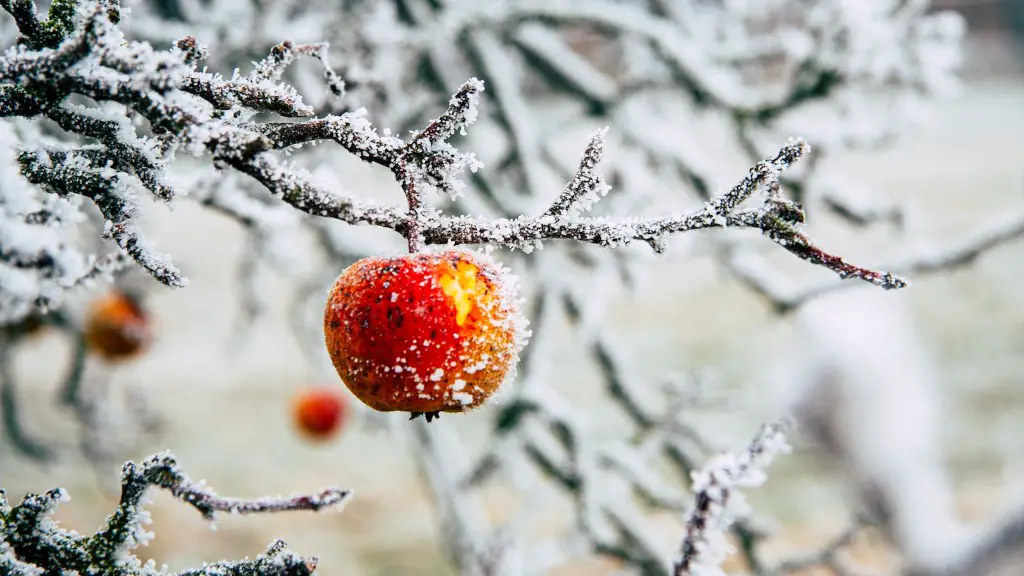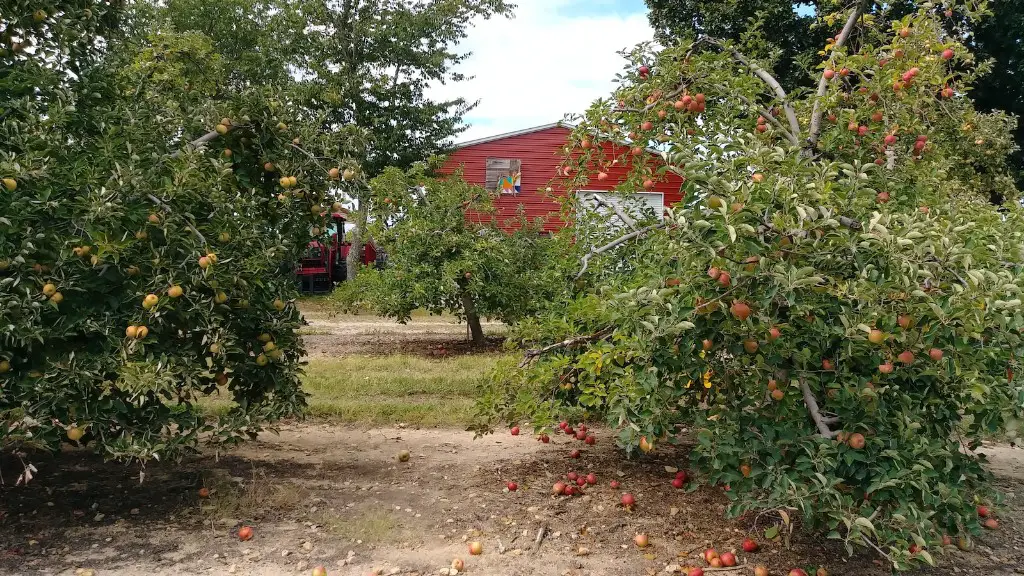Benefits of Growing an Avocado Tree
Avocados are a popular source of healthy fats, minerals, and nutrients. They are used in sandwiches, salads, smoothies, desserts, and more. Growing your own avocado tree at home has multiple benefits and can supply your family with fresh avocados for months. The tree requires a suitable sized pot for healthy growth and to sustain the plant for years.
Pot Size Considerations
Not only does an avocado tree require a lot of water, but it also needs an adequately size pot. The pot size should give the tree enough room to grow and receive adequate nutrients and water. If the pot is too small, the tree will be restricted in its growth. When deciding what size pot to purchase, taking into consideration the root size, height, and circumference of the tree is important.
As a general rule, the pot size should be around 24 inches in diameter and over 24 inches in depth. This ensures that the tree will not outgrow the pot for years. For the optimal growth of the tree, a larger pot can be necessary. To determine if the tree requires a bigger pot, measure the distance from the soil to the edge of the pot and compare it to the length of the tree trunk.
Soil Mixture and Drainage Considerations
Besides the size of the pot, it is essential to consider the type of soil used. The soil should be specifically created for avocado trees and contain essential nutrients and minerals. This will ensure that the tree is receiving proper nourishment and has adequate drainage. Additionally, the soil should be able to support the tree weight and the pot should be heavy enough to prevent it from tipping or falling over.
Lastly, the pot should provide enough drainage to allow water to flow freely while keeping the soil damp. If the soil becomes overly saturated with water, the avocado tree can suffer from root rot, which can be deadly. To combat this, it is beneficial to purchase a pot with multiple drainage holes and a cup or two of gravel to improve the drainage.
Care Regime
Most soils used for avocado plants are well-draining, and so frequent watering is required. Before the planting of the tree in the pot, the soil should be damp, but not wet. It is best for the tree if it is kept outdoors where it can be exposed to plenty of sunshine. If the tree is kept in a location that experiences cooler climates, then the pot should be placed in direct sunlight or a warm spot.
For the first few months of the avocado tree’s growth, watering should be done every few days. This will help the soil to remain moist but not wet. After approximately a month, the frequency of water should increase to every other day or daily. Regular fertilization should also be applied every six months.
Pruning and Harvest
Avocado trees can reap many benefits from frequent pruning that is done correctly. Pruning helps to encourage the growth of healthy new leaves and branches. Pruning can also assist with shaping the tree and make it look more attractive. After every two or three years, pruning should be done to prevent the avocado tree from becoming too large for the pot.
After a year or two the tree should be produced its fruit that can be harvested for eating. The avocado is ready for harvest when it’s turning dark green and is slightly soft. Unripe avocados can be left to mature and ripen on the tree. Once the avocado is ready, it can be harvested by picking, twisting it gently and removing it from the tree.
Transplanting the Avocado Tree
As the avocado tree grows it will require repotting, usually every two years. During transplanting, it is essential that the avocado tree’s root size is considered when selecting the new pot size. Opting for a pot with the same diameter as the previous one is usually the best. When transplanting, the soil should be loosened before moving the tree to allow the roots to spread out comfortably.
Transplanting should occur in the early spring when the weather is still cool, and the tree is dormant. After the new pot is filled with soil and the tree is placed in it, the soil should be flattened and given plenty of water for it to settle. If done correctly, transplanting an avocado tree will not impede the tree’s growth.
Fertilizer Considerations
An avocado tree will require regular fertilizing to receive the nutrients it needs for growth. To maintain the tree’s health, it is best to use a fertilizer that is made specifically for avocado trees. This fertilizer should be added in the spring when the weather is warm and the tree is in its growing season.
The fertilizer should contain a balance of macronutrients such as nitrogen, phosphorus, and potassium as well as micronutrients such as magnesium and calcium. Additionally, a water-soluble fertilizer should be used as it is easier to apply. Fertilizing should occur approximately every 6 months or at least twice in the year.
Pest Considerations
Avocado trees are susceptible to pest infestation and if left unchecked, the pests can damage the tree’s health and leave it vulnerable to diseases. To avoid this, the tree should be monitored regularly for signs of pests. If spotted, the pest should be identified and the appropriate measure to eliminate it should be taken.
In some cases, pesticides can be applied but there are also natural methods to remove pests such as encouraging natural predators. Regardless of the type of pest, if it is not treated correctly, it can lead to the death of the avocado tree.
Maintenance Requirements
In order for an avocado tree to remain healthy for years, it requires regular maintenance. This includes checking for pests and diseases, providing adequate water and nutrients, pruning, and repotting. When done correctly, the avocado tree can produce healthy fruits for a long period of time.
Additionally, it is best to protect the avocado tree from cold temperatures and harsh weather conditions such as strong winds. This may require the tree to be placed in a greenhouse or indoors. Similarly, the tree should be frequently inspected for pest infestations, diseases, and damage.


